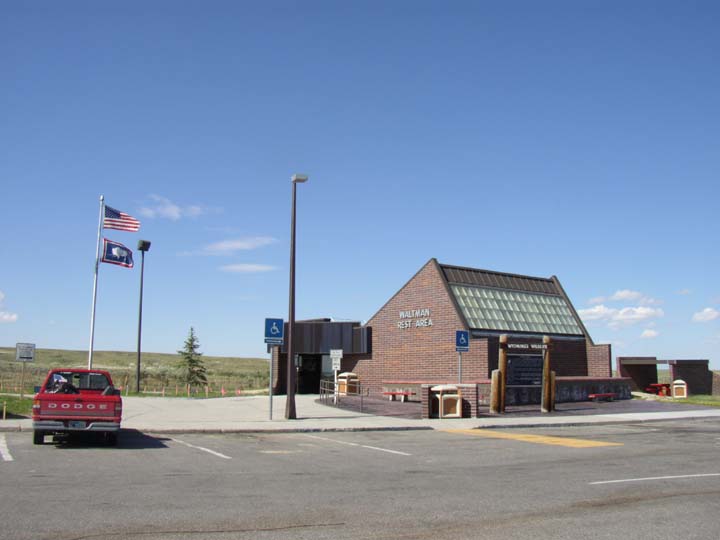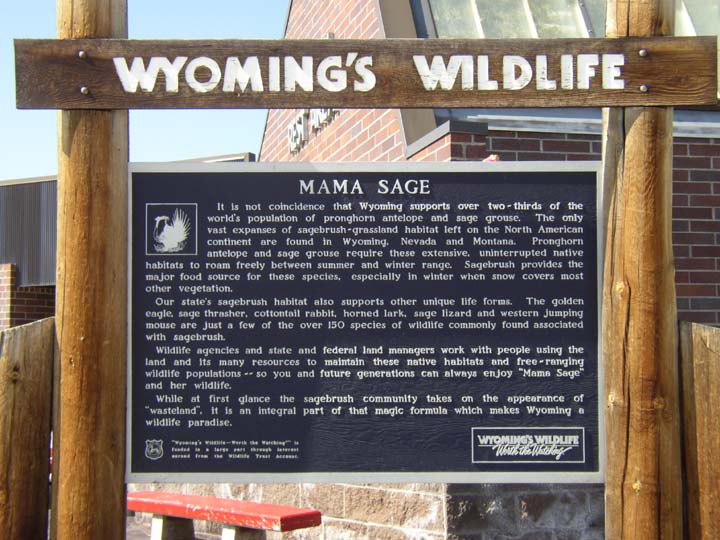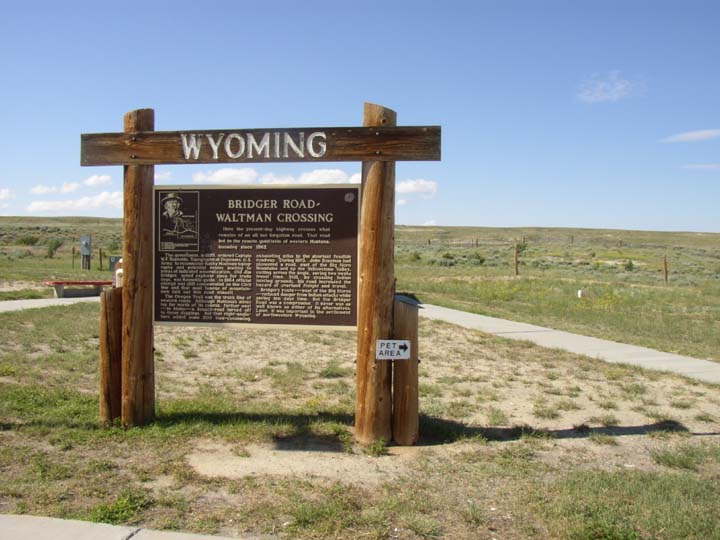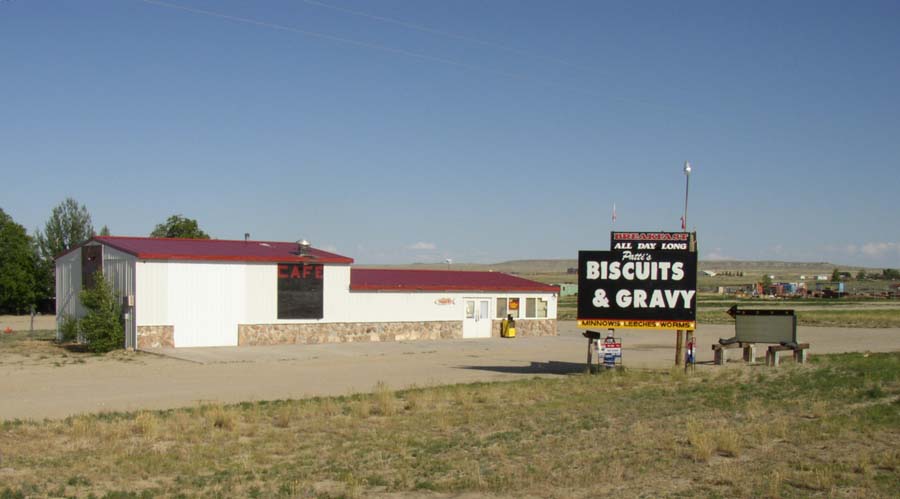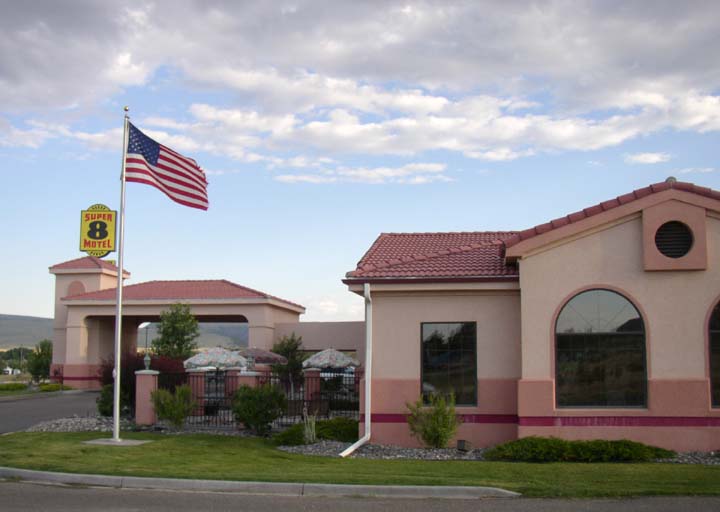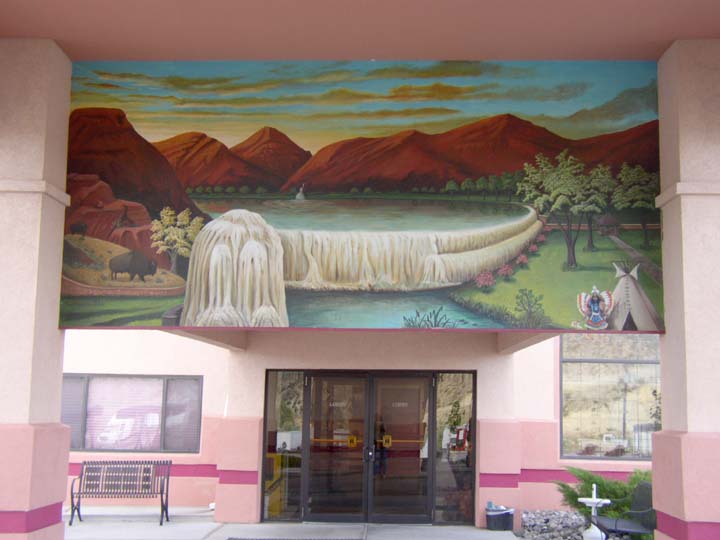The route from Casper to Thermopolis was US-20 west. The highway turns north at Shoshoni.
US-20 also runs through Sioux City, Iowa. Dick once worked for a company on US-20 in Sudbury, Massachusetts, where it is also called the Boston Post Road.
One twelve-mile section was construction all the way to the roadbed - the pavement was gone and the speed limit was 25 MPH. At the far end there was a sign for eastbound traffic - if lights are flashing, turn around and go back to Shoshoni - US-20 is closed!
